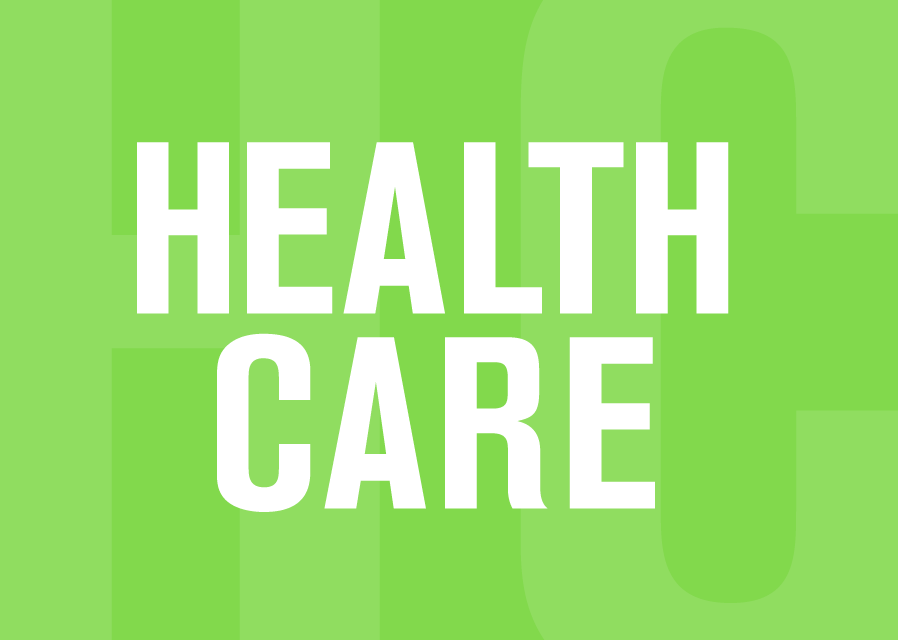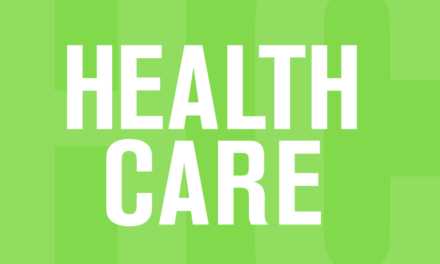There was a minor dust-up in the legislature last week about the cost of merging Nova Scotia’s nine district health authorities into one. Conservative Leader Jamie Baillie, reacting to numbers released through Freedom of Information, accused the government of trying to conceal the $3 million cost of combining computer systems when it put the price tag on its campaign promise to cut administration costs through the merger. The Health minister denied any attempt to hide anything and predicted that the next budget will show savings “north of $10 million” as a result of the merger.
The issue quickly petered out, which may be just as well for Baillie and the Conservatives. To keep it going presented the risk that someone would suggest that those who live in glass houses shouldn’t throw stones. Nova Scotia has the highest health administration costs of any province, and the former Conservative government, for whom Baillie once toiled, bears much of the responsibility.
This insight into that aspect of the politics of health care is available thanks to the most recent data release by the Canadian Institute for Health Information (CIHI), the Bible of comprehensive health statistics. The 2015 report – CIHI’s 19th annual – was issued a couple of weeks ago, but with all of the giddiness then prevailing around the new Liberal government in Ottawa, the report received even less media coverage than usual. Which is too bad, because the annual data release is full of material that could make for better-informed discussion of health care issues.
The part of the CIHI release that received some media coverage concerned overall health spending which, in defiance of conventional wisdom about runaway costs, is essentially flat this year. Canada’s overall health spending – both public and private – is projected to increase by 1.6% in 2015, but when inflation and population growth are taken into account, total spending on health in 2015 will actually be 1.4% below what it was in 2014. For penny-pinchers, the Nova Scotia outlook is even better – according to CIHI, combined public and private sector health spending in this province is expected to drop in 2015 by nearly 3%, from $6,761 to $6,560 per capita.
As for this province’s spending on health administration, it is also projected to decline this year, but it will still be more than double the national average. According to CIHI data, Nova Scotia is spending $90.3 million, or 2.2% of the $4.08 billion health budget, on administration. Only Prince Edward Island at 2.6% is higher. The all-province average is a mere 1.06%, with five provincial governments spending less than one per cent of their health budgets on administration in 2015.
How we got there
Because CIHI provides data going back to 1975, it is possible to compare Nova Scotia’s spending on health administration with other provinces over a 40-year time frame. It’s quite a story, albeit an under-reported one. It has probably flown under the political radar because CIHI depends on provincial government co-operation to gather its data. Rather than publicize some aspect of a particular province’s performance, it lets the facts speak for themselves. And those facts need to be ferreted out from detailed files that are normally the purview of health administrators.
But the facts are there if you look for them, and they show that until 1993, Nova Scotia’s administration costs were more or less in line with other provinces. At 1.4% of total spending they were just the fourth highest that year. A big increase (from $18.7 to $29.9 million) occurred in 1994 around the time John Savage’s Liberal government was replacing local hospital boards with four regional health boards. Costs began to drop after that one-year re-organization bump, sitting at $20.3 million in 1999.
Then along came the Conservatives under John Hamm, whose winning 1999 campaign featured a promise to inject more local autonomy into health governance. The result was creation of nine top-heavy District Health Authorities (DHAs) and exploding administrative costs – from $24.6 million in 2000 to $87.1 million in 2009. In percentage terms, the increase was from 1.16% of total provincial health spending in 1999 to 2.63% in 2009.
Jamie Baillie was not around when the Hamm government touched off the spending binge – he did not become the Premier’s chief of staff until 2002. However, Baillie showed a certain amount of chutzpah in 2013 when, like the Liberals, his party campaigned on a promise to save money by getting rid of the DHAs his party had created. The irony of the situation was that the NDP government, which had succeeded in reducing the administration share of the health dollar down to 2.36% – and actually cut it by about $4 million in 2013 – ended up defending a costly status quo created by its predecessors.
If the Liberals can produce the Health minister’s predicted savings “north of $10 million” next year without causing too much disruption it will be a good start. Longer term, however, the provincial government needs to look at getting at or below the national average in spending on health administration, which some of our neighbours (New Brunswick at 1.04% and Newfoundland and Labrador at 0.74%) have succeeded in doing. Money spent on administration is money not spent elsewhere. Getting from 2.2% to 1% would amount to $50 million in money now spent on administration that could be spent on something with more direct impact on our well-being.
Drug coverage suffers
The CIHI data suggest one area deserving attention – prescription drugs. Nova Scotians spend more of their own money on prescription drugs than other Canadians. CIHI projects that in 2015 prescribed drugs will cost Nova Scotians $599 per capita, either directly out-of-pocket or through insurance premiums. That’s the highest in the country, the result of higher than average spending on drugs and provincial coverage of drug costs that ranks in the middle of the pack. New Brunswickers are close behind, with private prescription drug costs of $587 in 2015, followed by Newfoundland at $545 and Quebec at $526. Ontario is at $476 per capita while all provinces west of Ontario are below $400 per year.
With the exception of Prince Edward Island, at $438 per capita, there is a correlation between fiscal capacity and private prescription drug costs – the residents of better off provinces pay less for drugs. The patchwork of drug coverage – discussed in the recent federal election campaign – has something to do with disparities in wealth between provinces. However, priorities set by individual provinces also play a role. Whether deliberately or not, Nova Scotia seems to have set a higher spending priority on administration than on easing the burden of prescription drug costs on its citizens.
-30-






